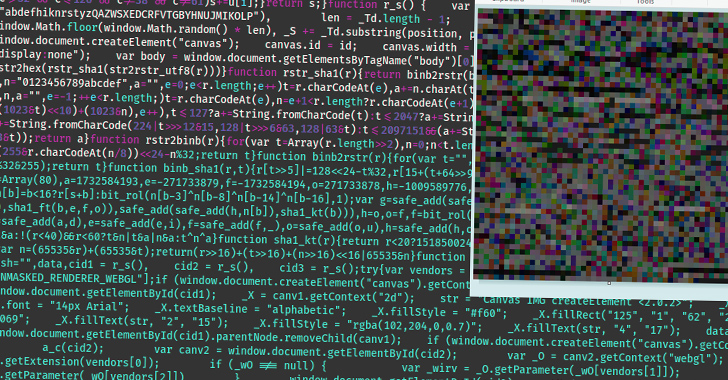We must equip health care professionals with tech resilience
For weeks, a significant portion of our state has been significantly inconvenienced, even put at risk, by an increasingly disturbing trend. For nearly the entire month of August, Eastern Connecticut Health Network and Waterbury Health, which control several state hospitals and medical offices, have been suffering the effects of a cyberattack that have effectively paralyzed their technological capabilities, shutting down their information technology databases.
These are just some of 25 hospitals across the country that have had their operations impacted through this hack, and the significance of 25 hospitals being unable to provide care to their fullest extent cannot be understated. While treatment of patients is ongoing and emergency departments continue to operate, medical professionals are experiencing significant issues due to lack of connectivity through electronic systems. Local hospitals including Manchester Memorial, Rockville General and Waterbury Hospital cannot offer full outpatient medical imaging or blood drawings, with an unclear deadline or end to the outages. Even urgent care centers under the network have been forced to open alternative phone systems for patient contacts.
The continuing advances of technology in our world, and especially medical technology, have provided new opportunities to improve patient health and provide better outcomes for patients in need. In the current times, our dependency on technology also includes increasing access to remote work, electronic or e-consulting services and electronic multidisciplinary teams, almost universal electronic patients’ medical records, online scheduling, electronic radiologic images and other lab tests, robotic surgeries and remote cardiac monitoring among others. Technology has become the single most critical part of outpatient and inpatient services and communications.
Our increasing reliance on technology also poses significant risks. The current situation reinforces that our systems need more safeguards. This includes recognizing that in general, health service personnel have relatively less experience in working remotely, digital literacy and cybersecurity, leaving the sector…




